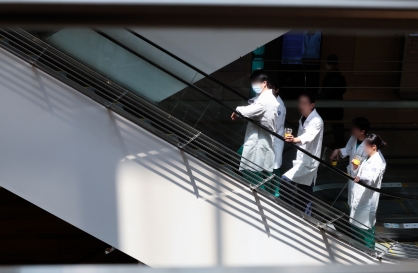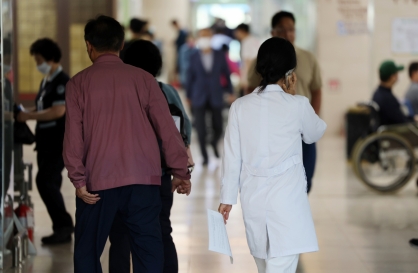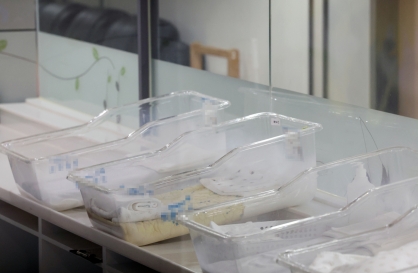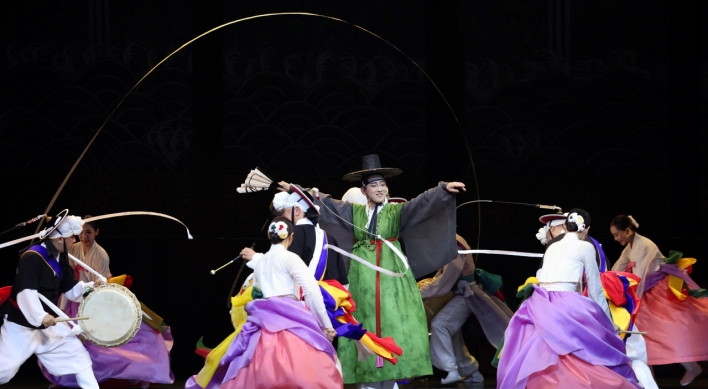The number of single-person households in South Korea surged nearly eightfold in the past 30 years, with living alone set to become the most common form of habitation in the next 20 years, statistics showed Wednesday.
The Korea Institute for Health and Social Affairs said in its report on changes in family, marriage and childbirth, that the number of single households was estimated at 5.06 million in 2015, a 7.7-fold surge from 661,000 in 1985.
The ratio of one-person households also increased to 27.1 percent in 2015 from 6.9 percent 30 years ago, and is expected to reach 34.3 percent by 2035, the report said.
South Korea has traditionally seen two-generation households as the most common type of habitation. They usually refer to families consisting of parents and children or a childless couple living with their parents.
The Korea Institute for Health and Social Affairs said in its report on changes in family, marriage and childbirth, that the number of single households was estimated at 5.06 million in 2015, a 7.7-fold surge from 661,000 in 1985.
The ratio of one-person households also increased to 27.1 percent in 2015 from 6.9 percent 30 years ago, and is expected to reach 34.3 percent by 2035, the report said.
South Korea has traditionally seen two-generation households as the most common type of habitation. They usually refer to families consisting of parents and children or a childless couple living with their parents.

Two-generation households accounted for 67 percent of the total in 1985. The proportion declined to 47.2 percent last year, but remained the most common form. The report said the proportion would further decrease to 35.9 percent in 2035.
At the same time, one-generation households are expected to increase, it added.
The researchers also compared household type, the actual number of offspring and the number of children that those surveyed wished to have, using its fertility statistics released in 2012.
It showed that the average number of children that women have in their childbearing years (aged 15-49) was 1.75. The number varied among different types of households, with the average reaching 2.00 for families where three generations lived together. The comparative figure was 1.90 for two-generation households and 0.58 for one-generation households. The report pointed out that one-generation households included many newlyweds. By definition, they also do not include households with children.
The difference was more noteworthy in the number of children that the respondents wished to have. While the average was 1.96, the number was higher among those living in multiple-generation households. It was 1.51 for one-generation households, 2.02 for two-generation, and 2.08 for three-generation households.
“It appears that those living with multiple generations have a great desire to give birth as they are affected by various factors such as parental pressure and less burden in taking care of the children,” the report said.
(khnews@heraldcorp.com)




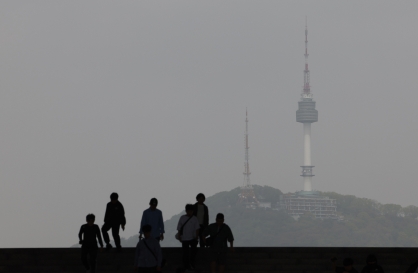
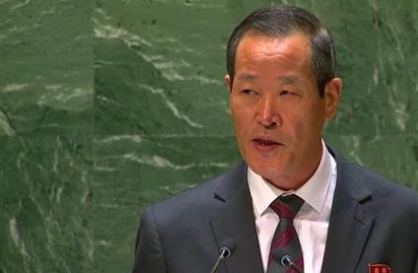
![[AtoZ Korean Mind] Does your job define who you are? Should it?](http://res.heraldm.com/phpwas/restmb_idxmake.php?idx=644&simg=/content/image/2024/05/06/20240506050099_0.jpg&u=)
